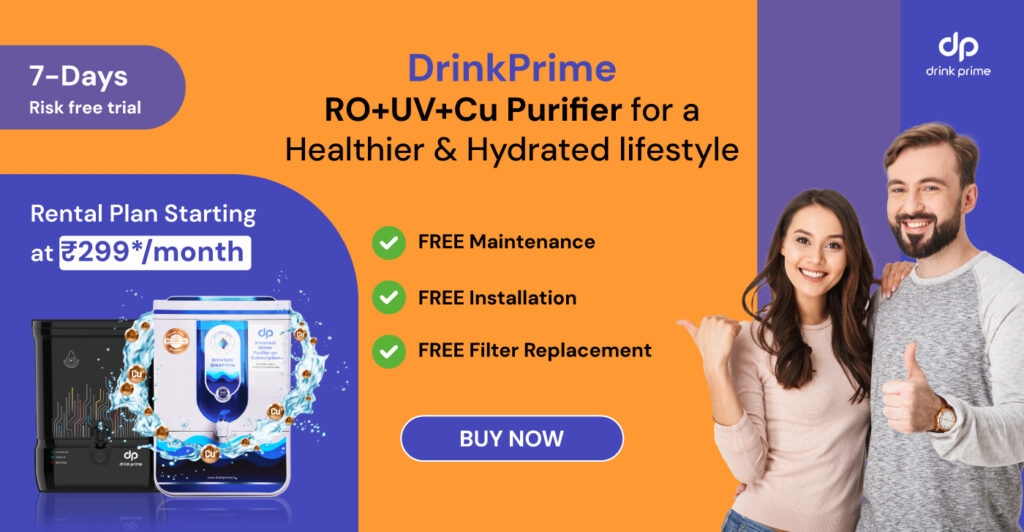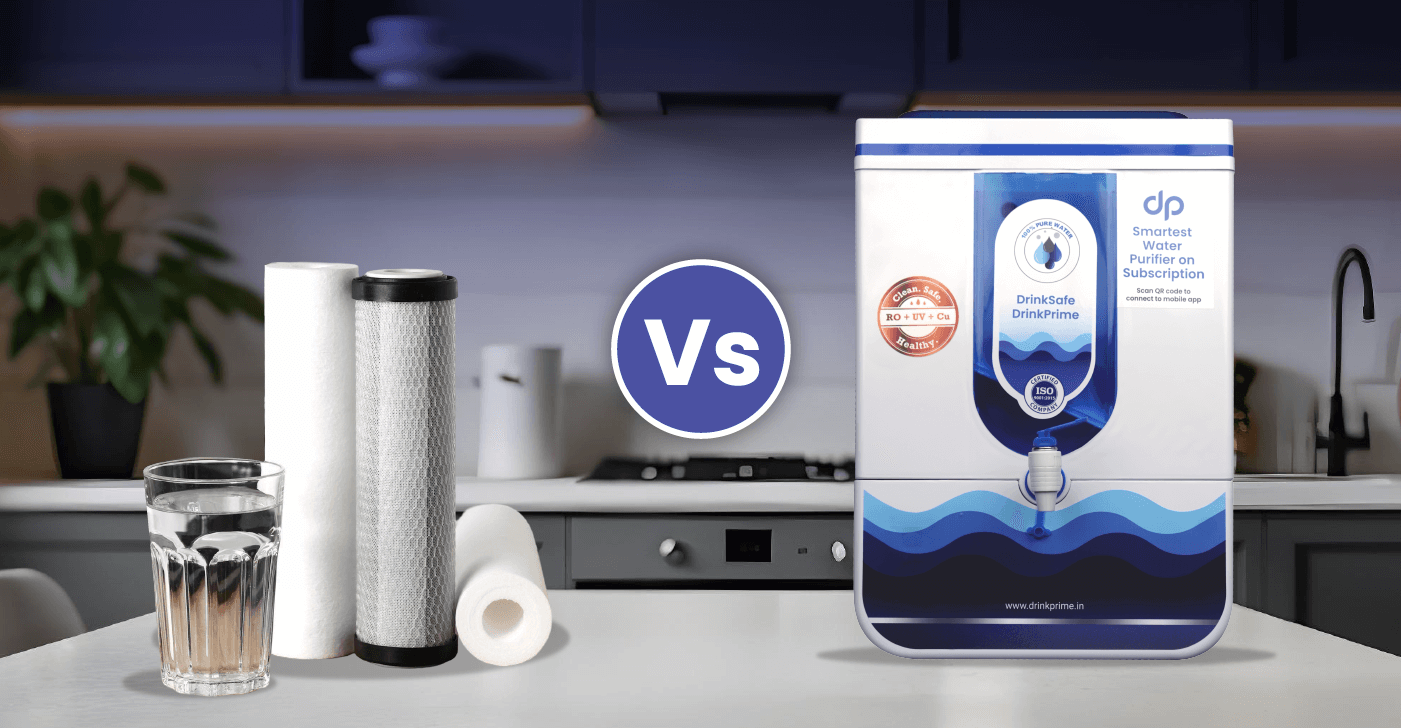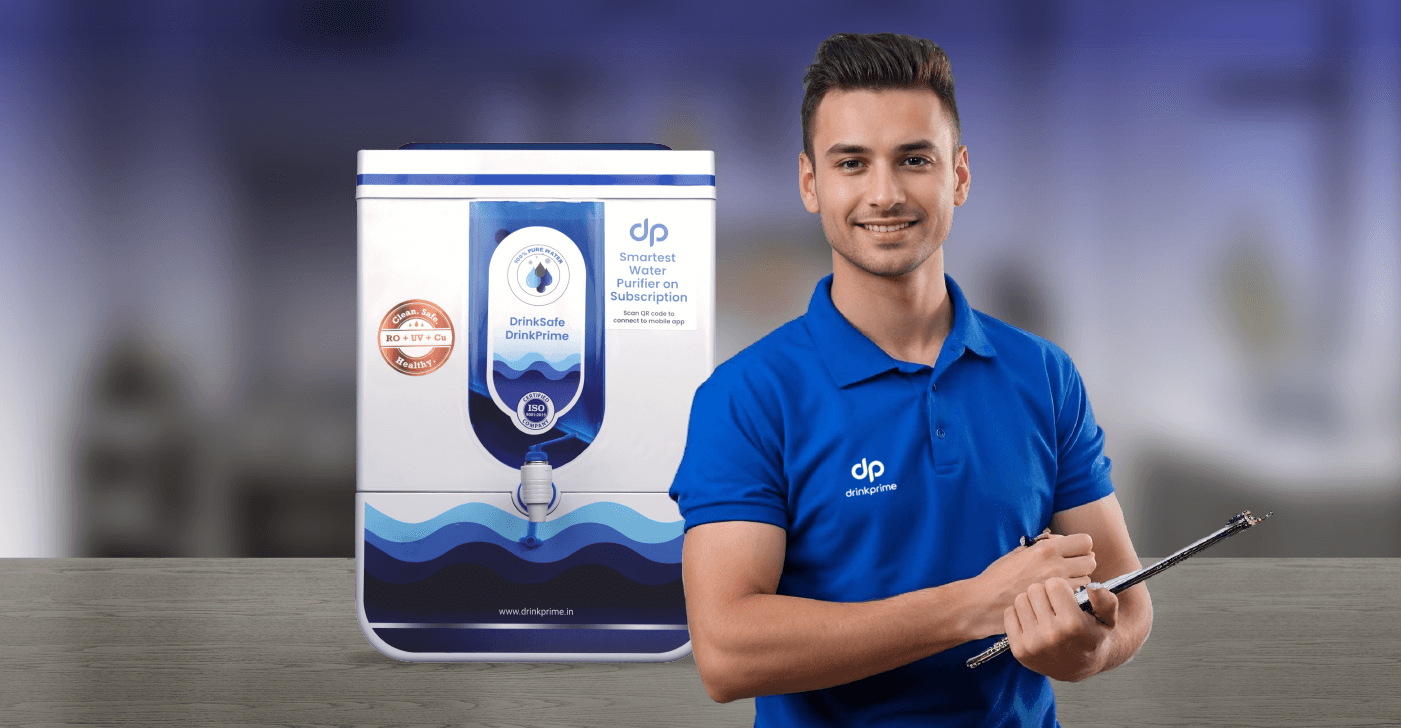Presently, in today’s world, access to safe, clean, and healthy drinking water is important for good health. But with the increasing pollution and contaminants in our water sources, having a reliable water filtration system in your home is important. Such water purifiers can help in removing harmful pollutants from tap water, offering safe and refreshing drinking water.
But with so many options available in the market, selecting the right water filtration system for your home is challenging. With the right approach, you can select the best water filtration that meets your needs and make clean, safe drinking water. In this blog, we will talk about the 6 steps to find and improve your home water filtration.
Why a Water Filtration System is Important?
A water filtration system is important because it makes sure the water you consume is safe, healthy, and clean from all the harmful contaminants. Tap water or untreated sources often contain several impurities like chlorine, heavy metals, and pesticides, which can pose serious health risks over time. Additionally, a good filtration system removes these contaminants while keeping essential minerals, hence making the water healthier.
Also, it provides a sustainable and cost-effective alternative to bottled water, hence reducing plastic waste and long-term expenses.
6 Process to Find the Best Water Filtration for Home
1. Understand Your Water Source
It is important to understand the source of water. Water sources can vary across regions and households. When it comes to municipal water, it is usually chlorinated, but it may still contain some impurities and lose quality through old pipelines. Besides, when it comes to borewell water, the water is high in hardness and often contains minerals like magnesium and calcium. Tanker water, on the other hand, is unpredictable in quality since it may contain bacteria, sediments, and fluctuating TDS levels as well. So, each water source requires a different level and type of water filtration.
2. Understand Different Filtration Technologies
It is essential to understand the different filtration systems that target different contaminants. The common types include activated carbon filters, which are best for improving taste and removing chlorine, and they reduce the odours. Additionally, RO water filters are effective against heavy metals, salts, and dissolved solids, whereas UV lamps kill bacteria, viruses, and microorganisms.
3. Get Your Water Tested
So, before investing in a water purifier, get your water tested with a TDS kit. A water quality test will help you to understand the TDS level, hardness, and presence of all the harmful contaminants that are present in the water.
4. Assess Your Household Needs
Additionally, the size of your family, daily water consumption, and even your cooking habits can affect the kind of water purifier you need. Basically, a small family might do fine with a 7L storage purifier, while a large family might need a purifier with faster filtration and higher capacity.
5. Compare Brands and Models
Always make sure that you compare brands and models that offer multi-stage filtration, good after-sales service, filter change alerts, TDS controllers, and certification. It is a good idea to compare reviews, energy consumption, filter replacement costs, and warranty terms before investing in water purifiers.
6. Consider Smart and Sustainable Options
Most of the modern water purifiers come with a set of smart features like app-based monitoring, auto shut-off, and digital display of TDS and filter life. Additionally, go for brands that promote sustainability, like those that reduce water wastage during RO filtration or use recyclable filters.
Why Choose DrinkPrime?
DrinkPrime offers a subscription-based water purifier that is built especially for modern homes, offering an affordable and hassle-free way to access clean drinking water. Unlike traditional purifiers, it comes with zero upfront cost so that you simply pay a monthly fee. Also, it is IoT-enabled smart filtration technology with continuous monitoring and adjusting to your water quality in real-time, hence making sure the water is safe and mineral-rich.
Summary
In conclusion, safe and clean drinking water is no longer a luxury but a necessity. Additionally, with rising pollution levels and varying different water sources, having the right water filtration system at home is important for protecting your family’s health. Also, by understanding your water source, understanding filtration technologies, testing water quality, and assessing your specific household needs, you can make an informed decision.
And if you’re looking for a smarter, more convenient solution, DrinkPrime makes it easier than ever. With its subscription model, real-time filtration adjustments, and zero-maintenance worries, it’s the perfect choice for modern urban households.




